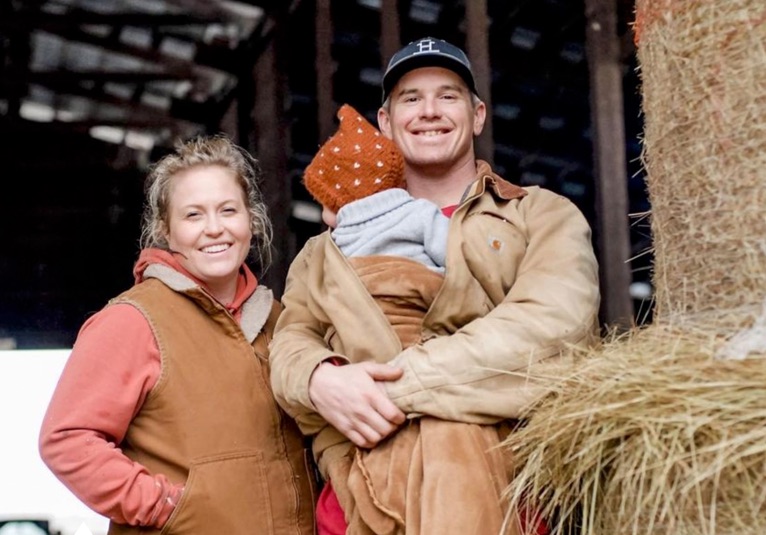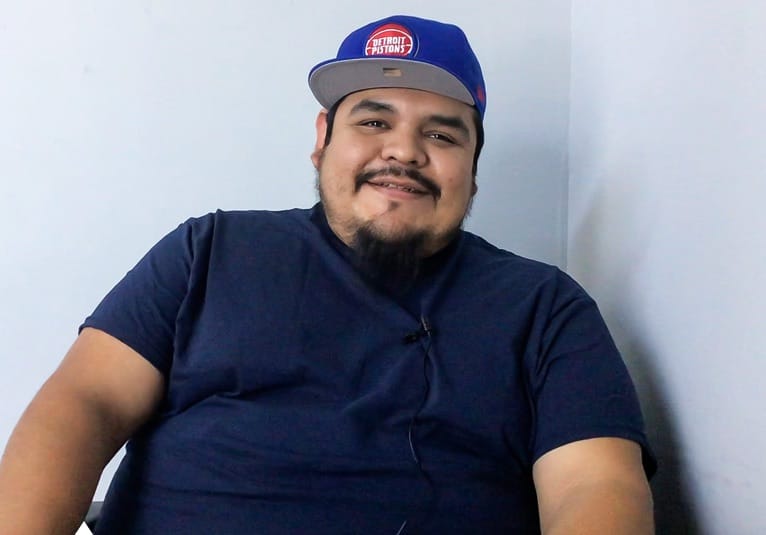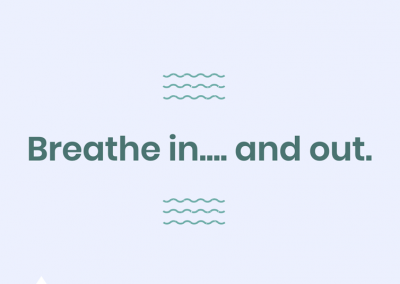Tovah F Anxiety has Changed with the Pandemic
Anxiety has changed a lot since the pandemic, especially for children. We know as adults, that anxiety has changed for us. Individuals that have never experienced anxiety are experiencing anxiety in a way that is manifesting through how our body is responding. Even our brain function is different now because of the pandemic. The most important thing that we can do for kids now is to listen to them, and I’m sure I sound redundant, but I can’t stress enough that validating how our kids are feeling is so important and letting them know that it’s normal.
It’s okay to have butterflies. It’s okay to feel scared going back to school. One of the little kids I support has been experiencing some pretty severe agoraphobia, which means that she’s literally afraid to go outside. This is because she has spent so much time inside her home.
And so that first day of school, she had so much fear. And so one of the things that we did is we practiced beforehand. I took her and her family and I held her hand and we walked the way that she will be walking to school in the morning again. Practice is what makes progress, and we want our children to progress through the school year in a way that feels safe for them. So the more that we can hear them and respond to them with statements like, “I hear what you are saying.” “It is scary.” “I feel nervous, too.” little statements like that can really help our children understand that they’re not alone in this situation.
Also, the more that we can stick to and maintain a routine that is consistent to structure at home. The more trauma informed we are at home – what I mean by this is that when we are experiencing a lot of anxiety, we’re not in our rational thinking brain. We’re not utilizing and triggering our prefrontal cortex. We are literally living in our survival brain, and our survival brain, is what’s responsible for us to maybe run away from the anxiety or try to fight the threat that we think is happening. So the more that we can pull our children out and get into that rational brain, the safer they’re going to feel. And one of the best ways that we do this is through having a routine at home. So our children know when they come back home from school what do they do at 330? What does that look like? Do they start in on homework immediately? Do we maybe do a check in first? Then what time is dinner? Do they have chores or expectations beforehand or after-hand that you want them to do? What time do we get ready for bed? And what time is it lights out.
The more that our children have a visual routine and schedule in front of them, the more that they are going to feel grounded in their structure and that in and of itself is being trauma informed at home. That helps our children get out of their survival brain so that they can get back into firing off their rational thinking brain to help them continue to develop this part of the brain.











